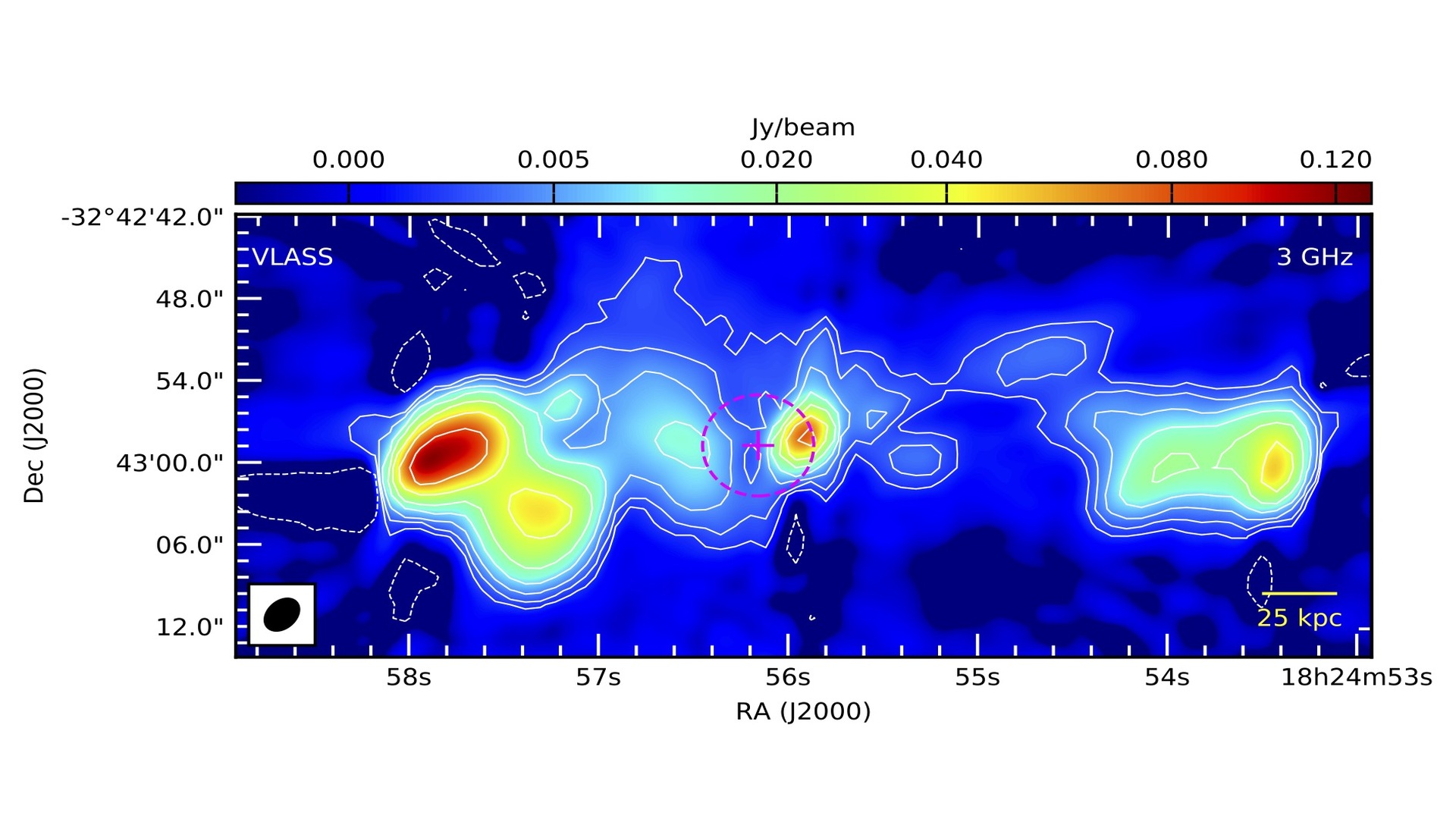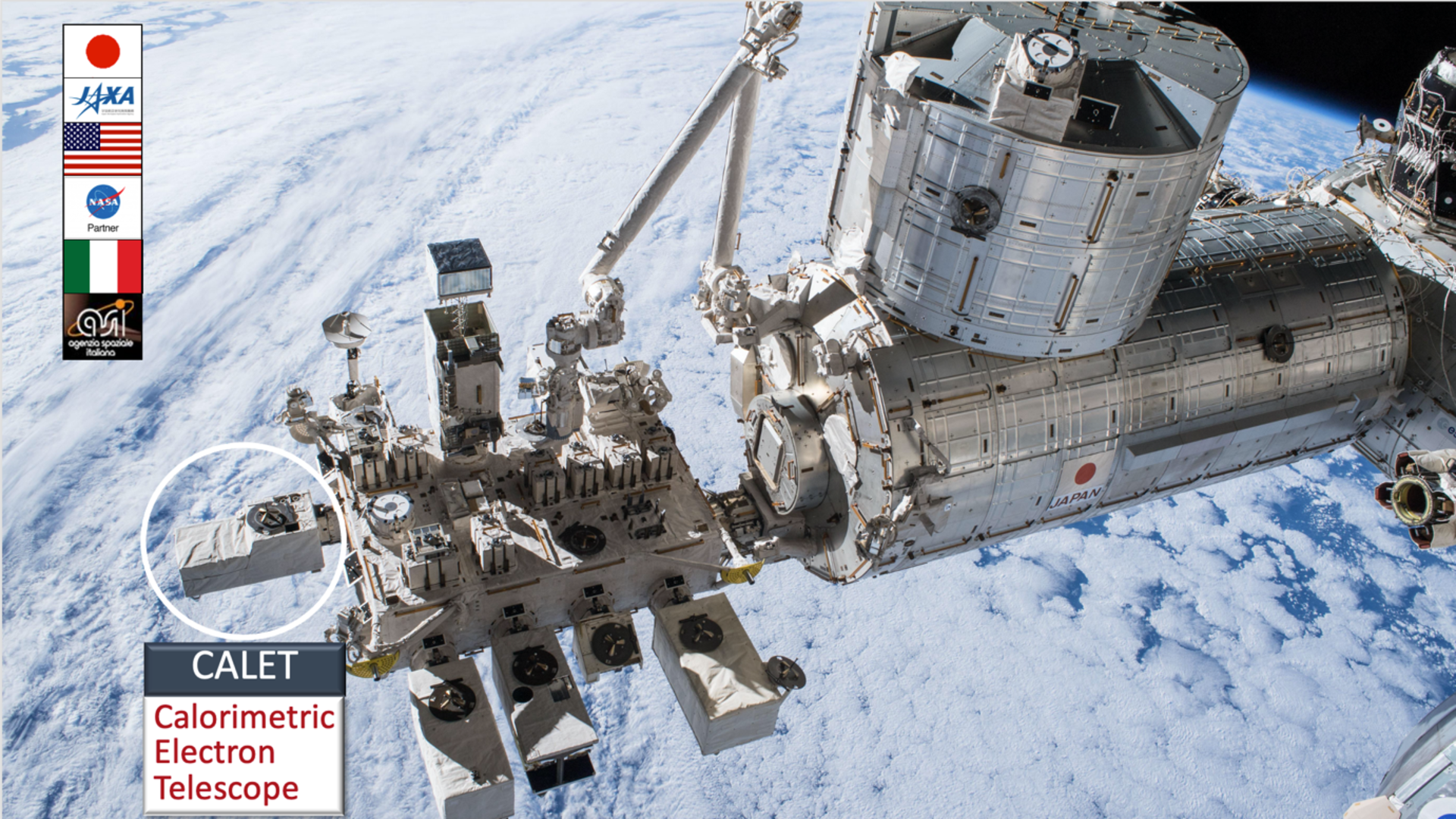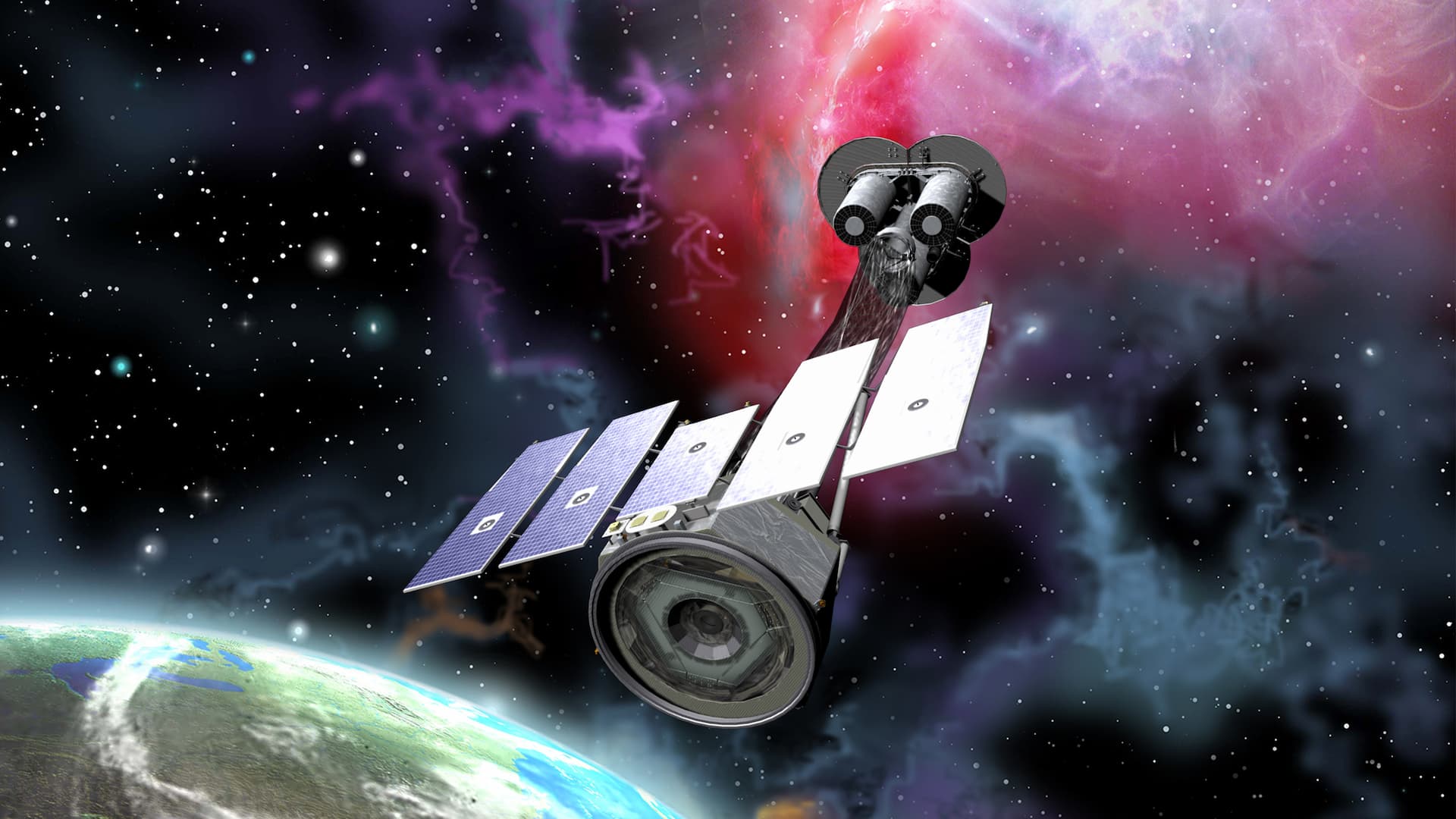The LICIACube ASI mission, based on a cubesat designed and manufactured by the Argotec company and that, under the scientific lead by INAF, involved several Italian research centers (University of Bologna, Polytechnic of Milan, CNR-IFAC and Parthenope University of Naples), is en-route to witness the first voluntary impact with an asteroid, in order to test the planetary defense deflection technique called “kinetic impactor”.
In this case the role of ASI, apart from the founding and the leading in the mission realization, also comprise data management and dissemination, by managing the Scientific Operations Center (SOC) made possible thanks to the Space Science Data Center (SSDC) long-lasting experience in this kind of activities.

The activities that will allow to correctly manage the data on the SOC treat the paper of the LICIACube team, with Angelo Zinzi as first author, recently published on the “Planetary Science Journal” on the focus issue completely dedicated to the DART/LICIACube mission.
“Planning since the beginning the data archiving methodology and management of a planetary mission is crucial – explains the same Zinzi – This kind of missions are designed to acquire data that will never be available again and thus the possibility of re-analyze them in the future, likely with new techniques and with a different computing power, could lead to great advantages.
The SSDC expertise in this field, by using international protocols and standards, is acknowledged since decades and in the latest years it is going to be expanded also to planetary exploration missions, apart to those studying high-energy astrophysical sources.”
In the paper just published the archival techniques, able to make the data compliant to the Planetary Data System requirements (PDS4 format), are described, together with the processes needed for the data calibration.
The data so archived will be then made available to the teams as soon as sent to the Earth directly from the spacecraft. Furthermore, the presence of LICIACube data at SSDC will also open the way to a straightforward inclusion in MATISSE the SSDC webtool to search and analyze planetary exploration mission data that, thanks to its capabilities of 3D visualization, will allow a quick and accurate image analysis, as already happened for the Rosetta-VIRTIS data acquired over the 67P comet.




